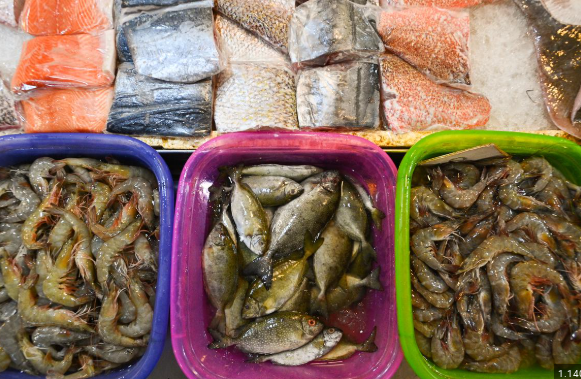This bacterium, found in warm seawater, poses severe health risks through seafood consumption or wound exposure.
What is Vibrio vulnificus?
Vibrio vulnificus is a bacterium thriving in warm seawater and found in sea animals such as oysters and shellfish, as per the US Centres for Disease Control and Prevention (CDC).
Infection occurs through:
Consuming raw or undercooked seafood.
Exposing wounds to seawater.
Health Risks
According to Dr. Shawn Vasoo, clinical director of Singapore’s National Centre for Infectious Diseases:
Complications: Infections may result in septicaemia (blood poisoning) or necrotising fasciitis (severe skin and tissue infection).
Potential Outcomes: Without timely treatment like antibiotics or surgery, infections can lead to amputations or death.
At-Risk Groups
Individuals with:
Weakened immune systems.
Liver disease.
Higher susceptibility in:
Older adults, especially men.
Those with injuries from handling seafood or exposure to seawater.
Cases in Singapore
Although not officially reportable to the Ministry of Health, local medical journals document rare instances:
2005 Case: A man with liver disease underwent below-knee amputation after eating raw cockles.
1986 Case: A diabetic man with alcoholic liver disease died days after Vibrio vulnificus septicaemia caused gangrene and necessitated leg amputations.
Treatment
Antibiotics: The primary treatment.
Surgical Intervention: May involve emergency removal of infected tissue or amputation to prevent further spread.
Prevention
To minimize risk:
Avoid consuming raw or undercooked seafood, especially if you have underlying health conditions.
Use cut-resistant gloves when handling seafood to prevent injuries.
Avoid exposing wounds to seawater.
Key Takeaway
Early detection and prevention are critical in managing Vibrio vulnificus infections. By taking simple precautions, individuals can significantly reduce their risk of encountering this potentially deadly bacterium.


